Alarm cables are an important component inside the distribution of alarms within homes. Equipped with robust transmission skills, such cables play a critical position in making sure the reliable and green transmission of alarm indicators. Additionally, complying with particular guidelines and codes is imperative to assure the proper set up and use of alarm cables. In this newsletter, we will explore the significance of alarm cables in alarm distribution and have a look at the rules that ought to be accompanied to ensure compliance with safety standards.
Alarm cables are particularly designed to transmit signals from security systems, consisting of fireplace alarms and burglar alarms, to the control panel or crucial monitoring station. These cables act because the important conduits that facilitate the on the spot communique of signals in case of emergencies. By successfully transmitting alerts, alarm cables make certain that the essential movements are taken directly to mitigate ability threats.
Alarm cables are engineered with capabilities optimized for alarm distribution. One such feature is the “18/4” specification often related to alarm cables. This specification refers back to the cable's construction, where "18" represents the gauge of the conductors and "4" denotes the wide variety of conductors in the cable. The gauge determines the cable's functionality to deal with the electric current, at the same time as the range of conductors allows the transmission of more than one alerts concurrently. These attributes allow alarm cables to correctly distribute alarm signals throughout numerous zones and devices within a constructing, ensuring complete insurance and communication at some point of emergencies.
Adherence to Safety Standards:
When installing and using alarm cables, adherence to protection standards and regulatory codes is of extreme significance. Compliance with those standards ensures the premier overall performance of alarm structures and ensures the protection of occupants in the building. Two such broadly diagnosed codes relevant to alarm cable installations are the National Electric Code (NEC) and the National Fire Protection Association (NFPA) standards.
The NEC gives suggestions and requirements for electric installations. Article 760 of the NEC specially pertains to hearth alarm device installations and addresses using alarm cables. This code outlines the minimal cable specs, installation techniques, and safety necessities to ensure the proper functioning of fire alarm structures. Compliance with the NEC ensures the safe and dependable transmission of fire alarm signals during a constructing.
Similarly, the NFPA seventy two preferred makes a speciality of the set up, checking out, and protection of fireplace alarm and signaling structures. This standard encompasses guidelines related to alarm cable installations, which include cable types, routing, separation from other power or communication cables, and right grounding techniques. Following NFPA seventy two tips ensures that alarm cables are hooked up effectively, minimizing signal interference and maximizing their effectiveness throughout emergency situations.
Alarm cables are pivotal inside the distribution of alarms inside buildings, playing a crucial position in transmitting alerts from protection systems to valuable tracking stations or manage panels. Their dependable transmission talents enable rapid and powerful communique in emergency eventualities. Additionally, adherence to protection requirements inclusive of the NEC and NFPA codes ensures the proper installation and use of alarm cables, improving the overall performance and safety of alarm systems. By making use of alarm cables and complying with these guidelines, constructing owners and occupants may have peace of mind, understanding that their alarm systems are reliable and as much as par with safety standards.
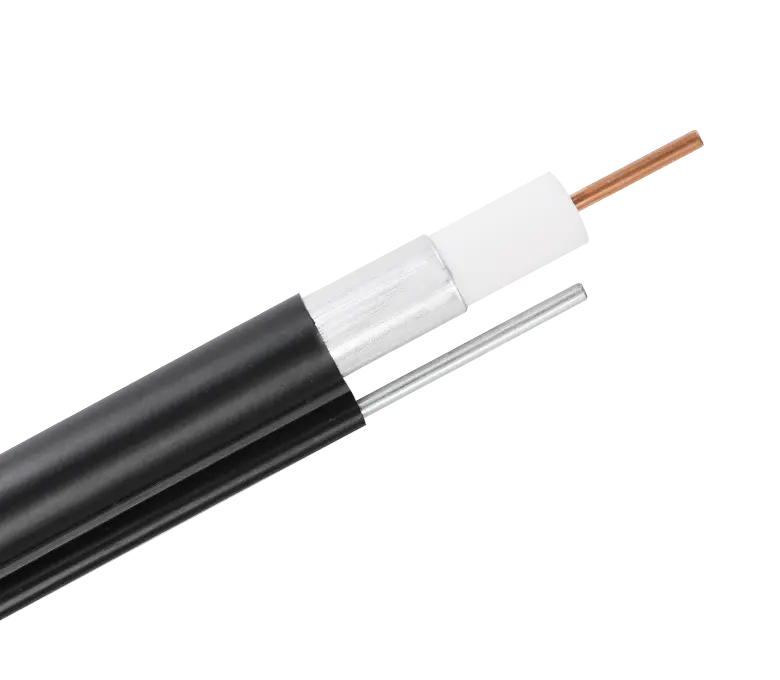
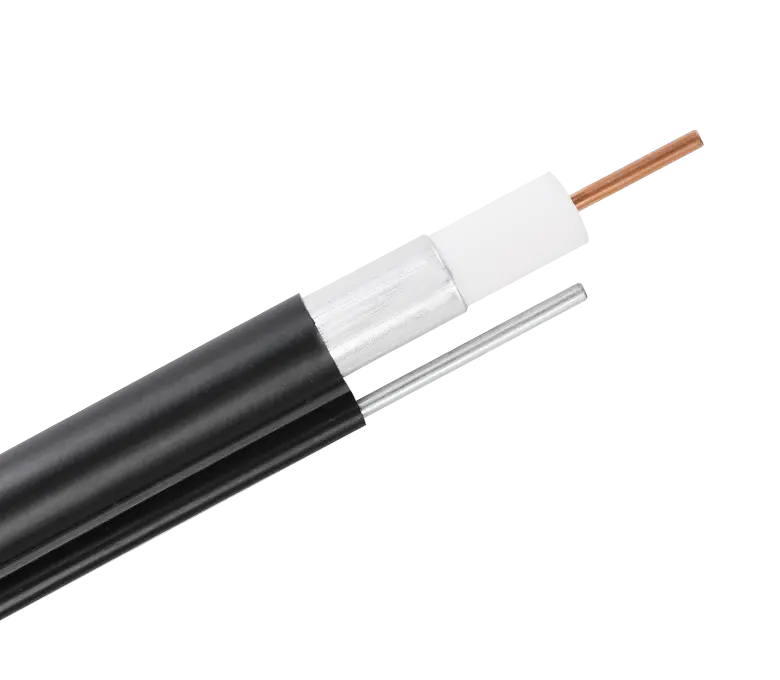
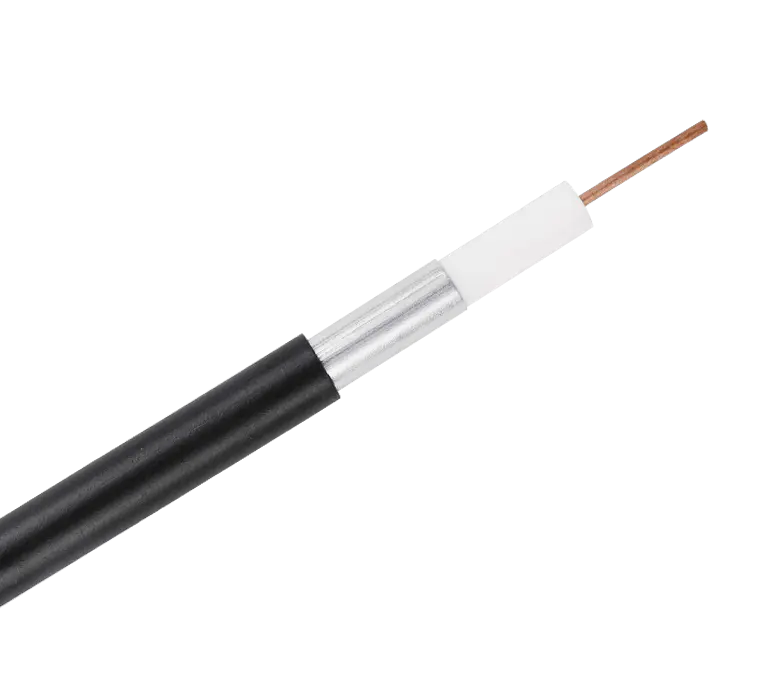
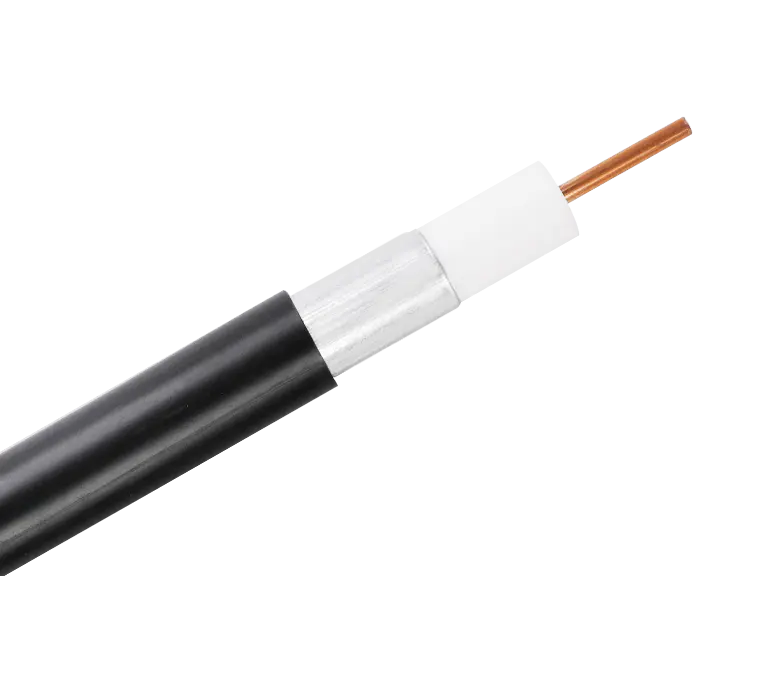
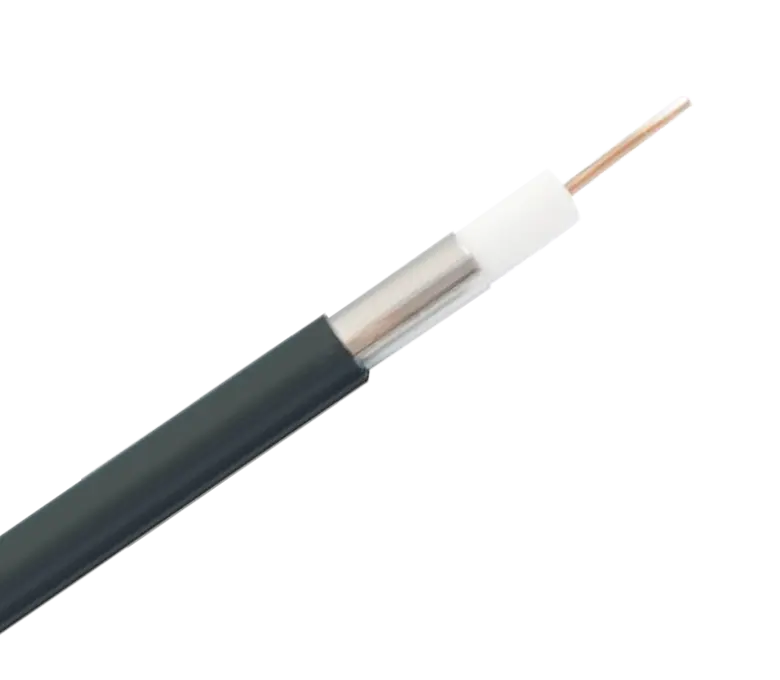
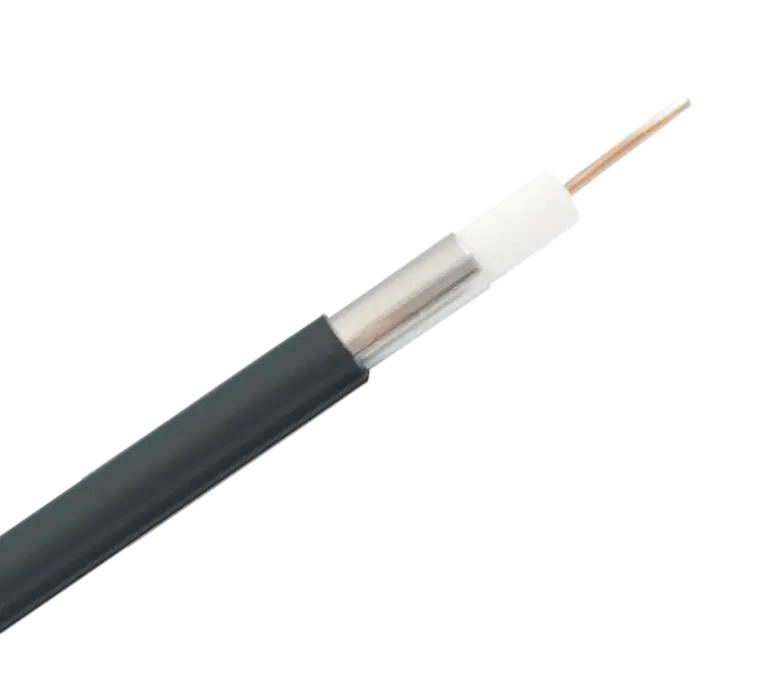
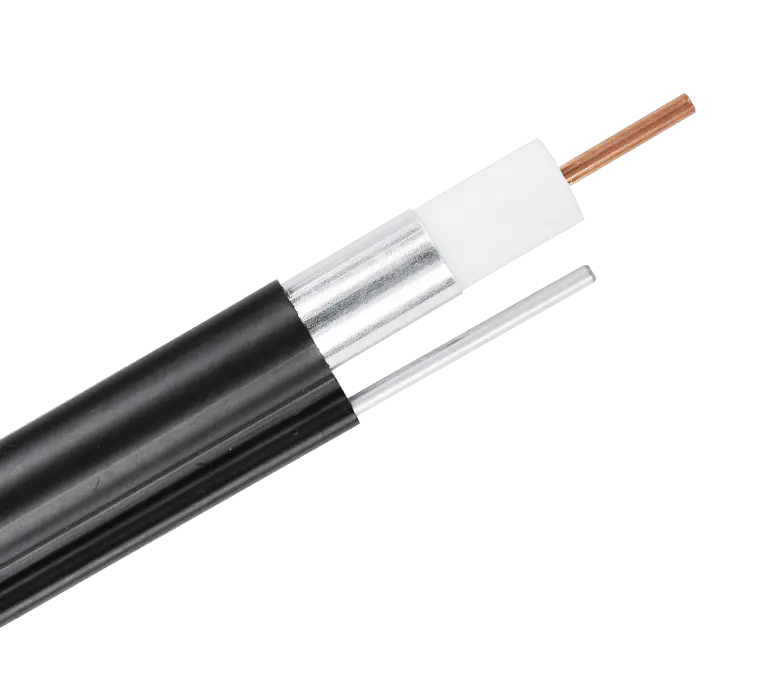
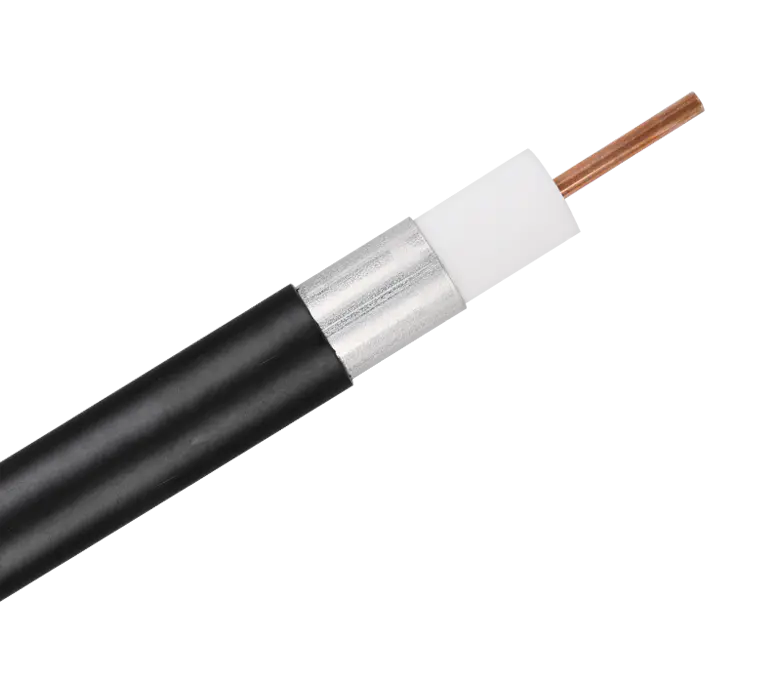
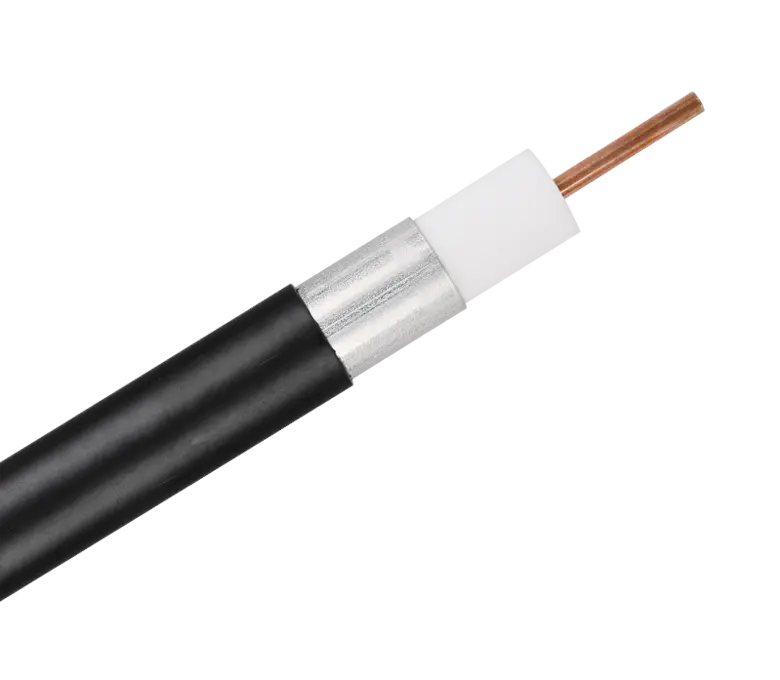
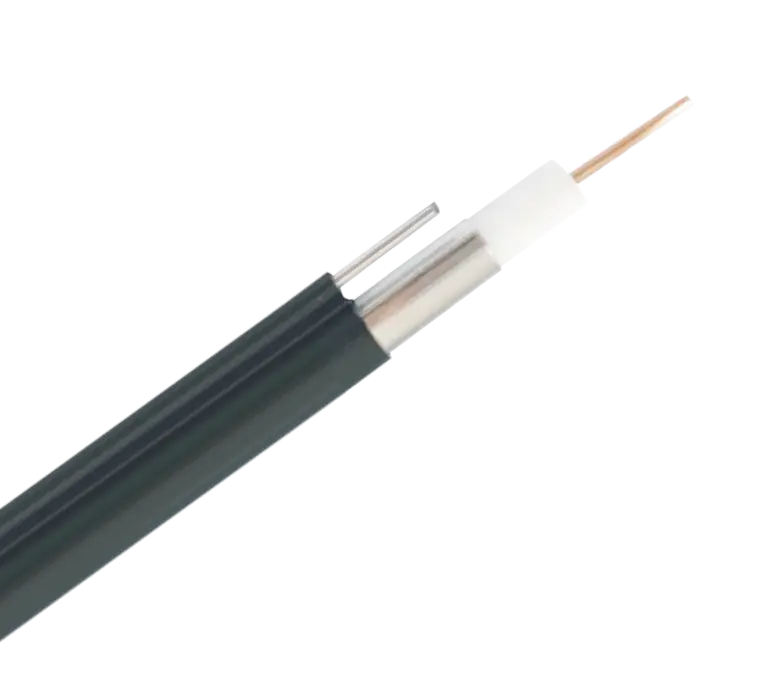
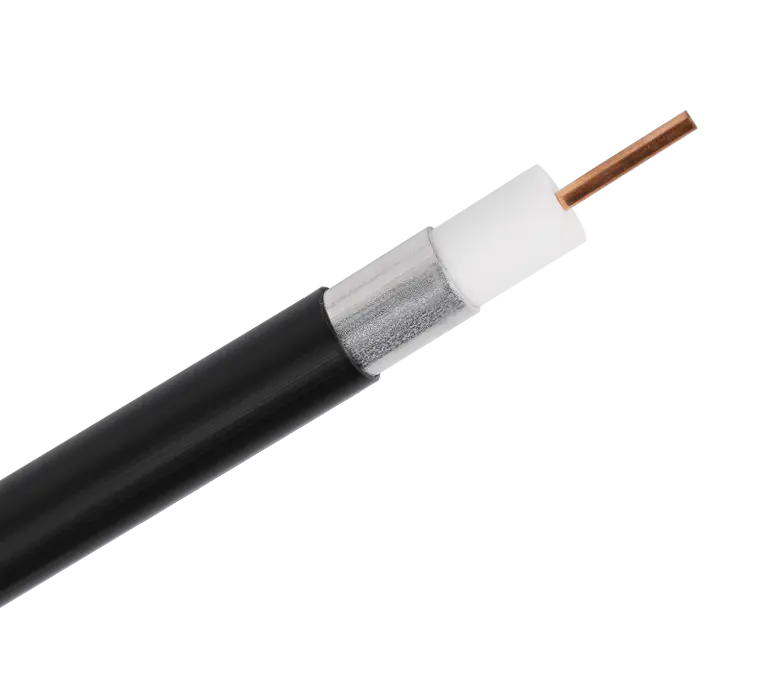
 浙公网安备33018502001191号
浙公网安备33018502001191号